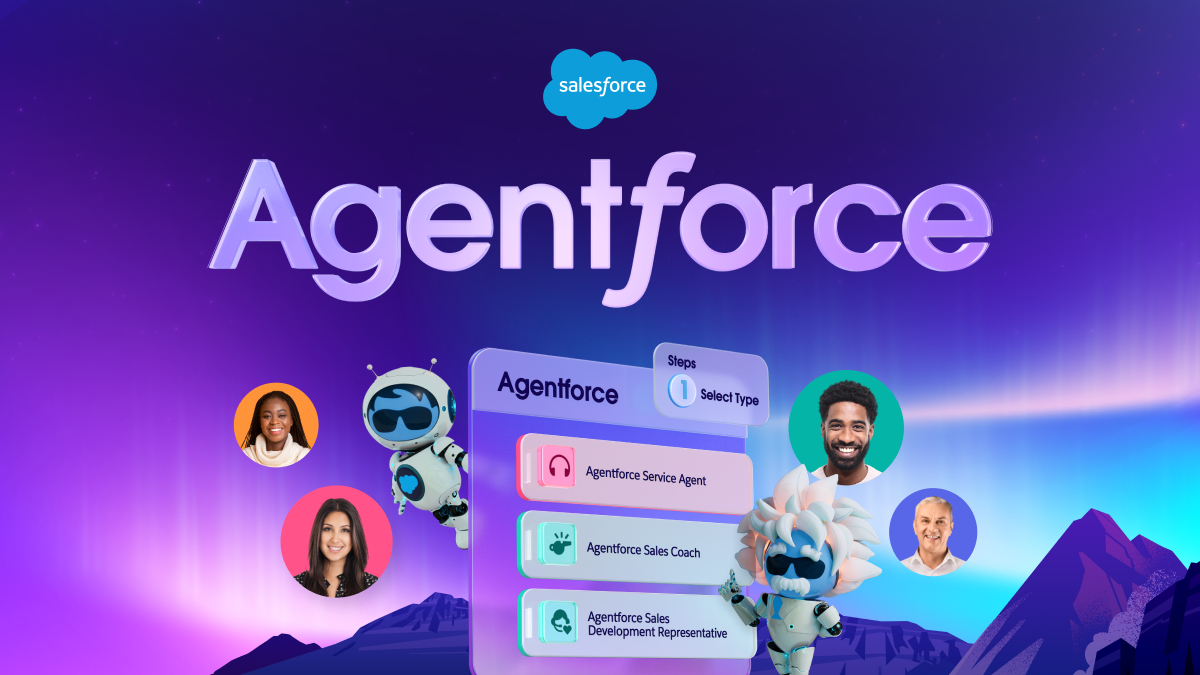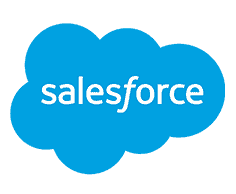A few articles ago, we talked about data and their importance. Well, data is now everywhere. We collect it, classify it, and try to derive benefit from it. Data is the lifeblood for companies that want and need to keep track of their business performance, aiming every day for sustainable growth over time. Often, companies are overwhelmed by this need, which naturally adds to the others. To achieve business objectives, the use of data plays a crucial role. Therefore, equally crucial is having a Data Strategy, which is a strategy that allows organizations to use their data in a way that aligns with priorities and available resources. Given all of this, how do you structure a good Data Strategy that is aligned with business objectives and capable of managing Big Data? Let’s find out together!
Che cos’è la Data Strategy
It is widely discussed, but… how many truly understand its real meaning? Data Strategy is the art and science of leveraging your data internally and/or externally. A long-term action plan aimed at achieving a well-defined objective is certainly the key to ensuring that data acquires the right value and makes a difference. How? Structuring a good Data Strategy, aligned with the Business Strategy, has a significant impact on financial results, indirectly reducing overhead costs and improving operational profitability. Within the organization, this creates an ecosystem capable of optimally managing the data of its relevant business. All of this is made possible through the adoption of technological and organizational tools that differ from traditional ones.

The primary goal is to enhance the amount of information present within the company, which is summarized in the company’s data. Effective data management, therefore, requires a new mindset capable of reorganizing time and space, as well as revisiting work technologies. Starting with an awareness of priorities, moving forward with potential technological benefits, and the necessary methodologies, Data Strategy enables:
- to identify and fill any technological gaps;
- Identifying and solving organizational issues.
- Having a clear vision of the maturity level of business processes.
- Evaluating business impacts and expected benefits.
As already clearly highlighted in our previous blog post, when we talk about Data Strategy, we are primarily referring to the business before the data itself. This is because what matters is always and ultimately achieving the set goals, analyzing the data and how it can be used within the company to be enhanced. But what is important to do in practice to achieve the desired objectives? First and foremost, it is essential to build a “roadmap” that, linked to the company’s business strategy, communicates the strategies to be pursued and their related impacts to the entire company. The Data Strategy Roadmap allows simulations of costs, times, achievement of objectives, and many other variables. This way, it provides a comprehensive view of the activities to be introduced into the company and identifies the best strategies to respond with resilience to market shocks. But let’s dive deeper into the concept.
Data strategy: the ability to govern data

Now we will delve deeper into Data Strategy, aiming to highlight its expectations and needs. Managing the entire data flow, given the speed at which it is generated, and knowing how to extract its value is both essential and challenging to handle. At this point, the only way to “govern” data effectively is through Data Governance. This involves managing the “raw” data from multiple sources and introducing communication standards and guidelines to create mechanisms that integrate systems, people, and processes within a clear and decisive data strategy.
This ability lies within the domain of Data Governance, the only approach capable of managing data by defining methods, technologies, and behaviors both inside and outside the organization. Data, thanks to its natural tendency for evolution and value generation, serves as the connecting thread in the organizational management of a company.
Data Strategy: 4 Pillars of Data Strategy
Here we are at the heart of our Data Strategy, the cornerstone on which the entire data-focused strategy stands. The boundaries within which a good Data Strategy is defined have, as we know, changed significantly in recent years, as technological development requires further evolution of business plans. In particular, the advent of unstructured data, the increasingly widespread use of Machine Learning, and the progressive creation of a data marketplace open new opportunities and pose new challenges, complex yet full of potential! Thus, building a good Data Strategy is not just an option but a necessity to be addressed as soon as possible because, with a clear and decisive vision, the future can be approached proactively and constructively. So, how can we build a data strategy that can be defined as efficient, and what are the parameters on which it is measured in terms of efficiency? Below, we propose 4:
- Data Governance

Indeed, the first pillar is Data Governance, the very element capable of achieving a level of attention and precision in data that would otherwise be very complex to generate, almost impossible to assess correctly. Regardless of the sources and structure of the data, it is essential to equip oneself with appropriate tools and develop processes that ensure integrity, reliability, and good quality, making the data ready for use. Even today, in many organizations, the transition from raw data to information is tied to operations that are not standardized and often redundant.
- Advanced Analytics: projects development
The second element to consider when defining the level of business maturity in the context of Data Strategy is the use of data in the development of Advanced Analytics projects.

Data is the raw material, and even more so when using advanced methodologies, it is necessary to use it in a balanced way to achieve complete reliability. However, having quality data often proves to be a more difficult task. This is because real-time data, given the speed at which it is processed, risks compromising the quality of the result. The same issue applies to data coming from multiple sources. This is because such integration requires significant and particularly complex planning: very few companies, in fact, report being satisfied with the technologies and processes in use to integrate highly heterogeneous data.
- Technologies to use for an effective Data Strategy
A third critical and decisive factor when discussing Data Strategy undoubtedly concerns the technologies used within the company. Managing and leveraging Big Data in business dynamics requires the adoption of specialized tools that embrace transformation as the step toward continuous evolution.
- Data Monetization

Their proactive strength, their relevance in business decisions, has allowed data to incorporate significant economic value. For this reason, the last key factor when discussing an effective Data Strategy is definitely Data Monetization, which refers to the set of activities aimed at sharing data with strategic partners to foster synergies, or the exchange or buying and selling of data on the market. Despite the constraints of current regulations, year by year, the number of large organizations engaging in data acquisition or buying and selling activities is increasing.
Effective Data Strategy: the ideal approach
As we have emphasized several times, data thrives on clear and undeniable evidence once it is verified. Implementing an effective Data Strategy involves structuring a pathway that includes a robust data management model to progressively strengthen the data culture. By its very nature, this process requires time to be completed—quite the opposite of a “quick and easy” approach.

What we suggest is building the ability to own data in a “scalable” manner, focusing attention on the most important business areas to identify the data and how it should be collected, processed, and maintained to answer the initial questions. Keep following us! No mystery, no dark side, or hidden drawback awaits you—just a world of data to process for the continuous growth of your business. See you soon!










